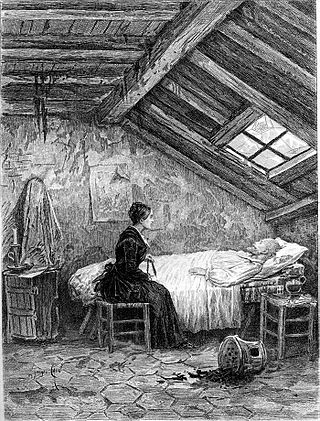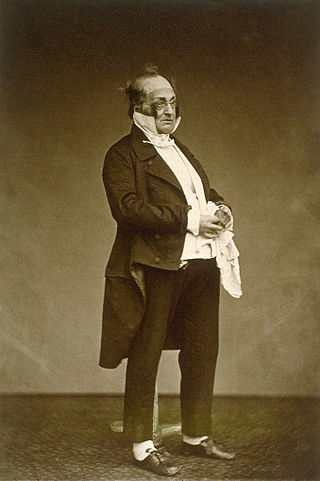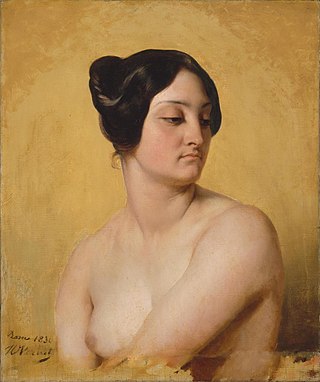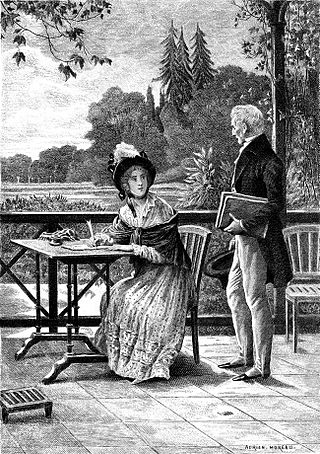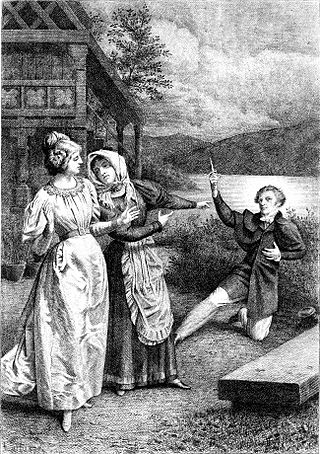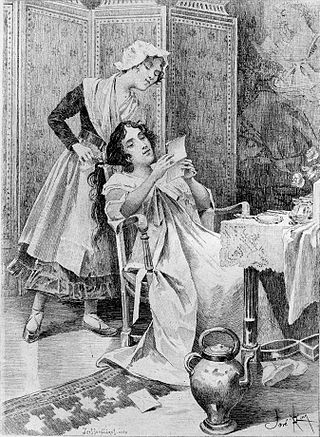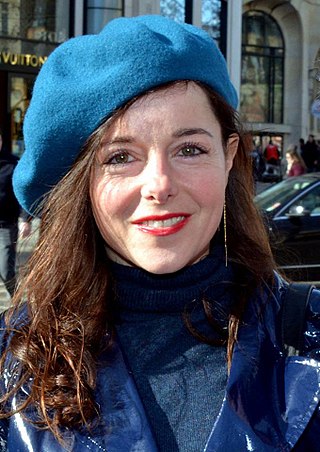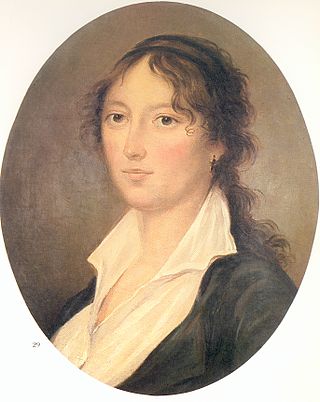Biography
Family and marriage
Caroline Pétiniaud was the daughter of Sophie Olive Joséphine de Lacoste from a wealthy family from La Rochelle, and of François Pétiniaud, merchant and advisor to the Royal Court of Limoges in 1811. [1]
In 1822, she married Marbouty, chief clerk at the Limoges court but she became disappointed by this marriage which she considered mediocre. Officially, she kept his last name but launched into literature under the pseudonym Claire Brunne. [1]
Liaison with Balzac
In 1833, she sought to meet the writer Honoré de Balzac, initially without success. In 1836, Balzac invited her to accompany him to Italy. To avoid gossip that would trigger the jealousy of his future wife, Ewelina Hańska, he asked Caroline to disguise herself as a young man and pretend to be his page named Marcel. The deception didn't fool the monks of the Grande Chartreuse, however, who refused him entry to the monastery. On their arrival in July, in Turin, Italy, Balzac stayed at the city's most exclusive hotel, where he booked her a room adjacent to his own and asked her to accompany him to the salons to which he was invited. There, she was mistakenly taken for the writer George Sand and invited to discuss Sand's works. Faced with the risk of scandal, the couple soon set off again, this time for Geneva, Switzerland. [3]
Literary career
In 1842, Marbouty published Ange de Spola, a collection of three short stories (Ange de Spola, Cora, Une coquette) preceded by a resolutely feminist preface.
In 1844, she published Une fausse position (A False Position), which is seen as a novel in which she portrays Balzac rather negatively, as Ulric, a novel that is believed to be a response to Balzac's La Muse du Département. Marbouty's novel, which Michelet describes as "very strong and on the spot", portrays several personalities of the period and bears witness to the severe difficulties encountered by women authors at that time. In 1992, researcher Annette Smith wrote of the book, "Une fausse position remains not only an interesting document but courageous and dynamic fiction and deserves to be exhumed from oblivion." [4]
Old age and death

In the summer of 1858, she met the painter Eugène Delacroix at the spa town of Plombières-les-Bains, France, who kept notes in his diary about the encounter. [5]
She lived with difficulty in old age. She had to beg for subsidies and her life ended dramatically when she was run over by a bus in Paris on 16 February 1890. She is buried in the Père-Lachaise Cemetery (16th division).



